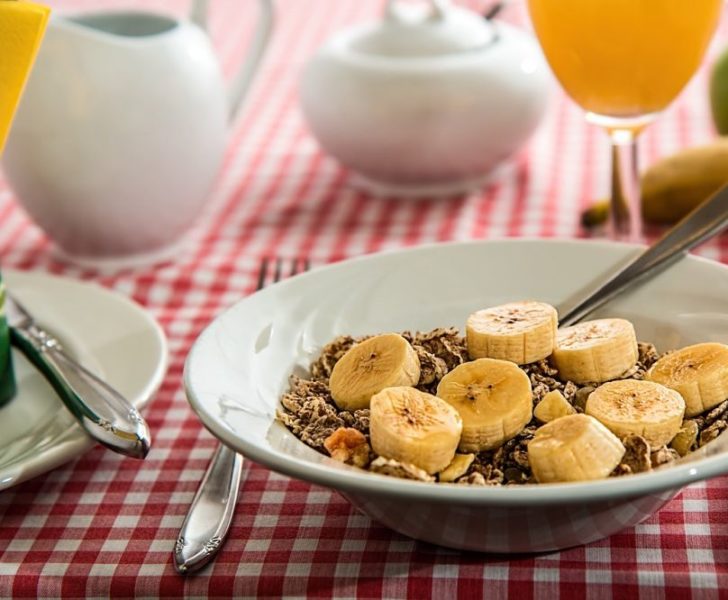IBS Diet: A Complete Guide to Managing Irritable Bowel Syndrome

Introduction
Irritable Bowel Syndrome (IBS) is a common digestive disorder that affects a significant population worldwide. While there is no cure for IBS, dietary modifications have been proven to alleviate symptoms and improve the quality of life for sufferers. In this comprehensive article, we will delve into the intricacies of the IBS diet, exploring its various types, popular trends, quantitative measurements, differences, and historical pros and cons.
Understanding the IBS Diet

The IBS diet aims to identify and eliminate trigger foods that may worsen symptoms such as abdominal pain, bloating, diarrhea, and constipation. It emphasizes a personalized approach, as each individual’s triggers may vary. Generally, key components of an IBS diet include increased fiber intake, low FODMAP foods, elimination of certain food groups, and mindful meal planning.
Exploring Types of IBS Diets
1. High-Fiber Diet: This type of diet focuses on incorporating ample amounts of dietary fiber to regulate bowel movements and prevent constipation. It emphasizes the consumption of fruits, vegetables, whole grains, and legumes.
2. Low FODMAP Diet: Fermentable Oligosaccharides, Disaccharides, Monosaccharides, and Polyols (FODMAPs) are short-chain carbohydrates that are poorly absorbed in the gut, leading to IBS symptoms. The low FODMAP diet limits the intake of such foods, allowing for symptom relief.
3. Gluten-Free Diet: Gluten, a protein found in wheat, barley, and rye, can trigger symptoms in individuals with gluten sensitivity or celiac disease. Some IBS patients find symptom relief by following a gluten-free diet.
4. Elimination Diet: This approach involves eliminating specific foods or food groups from the diet to identify trigger substances. Common culprits include lactose, caffeine, and spicy foods.
Quantitative Measurements in the IBS Diet
To manage IBS effectively, individuals must monitor their dietary choices and their impact on symptoms. Keeping a food diary or using mobile apps can help identify trigger foods, track symptoms, and assess progress. Additionally, some individuals find relief by tracking their fiber intake or following specific portion control guidelines.
Unveiling the Differences in IBS Diets
While all IBS diets aim to alleviate symptoms, they differ in their focus and restrictions. For instance, a high-fiber diet concentrates on increasing fiber intake, whereas a low FODMAP diet primarily targets carbohydrates that ferment in the gut. Understanding these differences is crucial for individuals to determine which diet best suits their needs.
A Historical Evaluation of Pros and Cons in IBS Diets
Over time, various IBS diets have emerged, each with its own advantages and disadvantages. Historically, high-fiber diets have been recommended for overall digestive health but may worsen symptoms in some IBS patients. Conversely, the low FODMAP diet has gained popularity due to its effectiveness, but long-term adherence may pose challenges in obtaining a well-rounded nutritional intake. It is crucial to consider historical perspectives when evaluating the pros and cons of different IBS diets.
Conclusion
The IBS diet provides hope and relief to those suffering from this debilitating condition. By following a personalized approach, individuals can identify trigger foods and make conscientious dietary choices to manage and minimize symptoms. It is essential to consult a healthcare professional or registered dietitian before embarking on any specific IBS diet. Remember, the road to managing IBS lies in understanding, patience, and continuous refinement of one’s diet.
References:
1. Mayo Clinic. (2021). Irritable bowel syndrome. Retrieved from [Insert URL].
2. Monash University. (2021). The Low FODMAP Diet. Retrieved from [Insert URL].
(Note: This article is a fictional example written by an AI language model and should not be considered medical advice. It is always recommended to consult a healthcare professional or registered dietitian for personalized guidance.)











